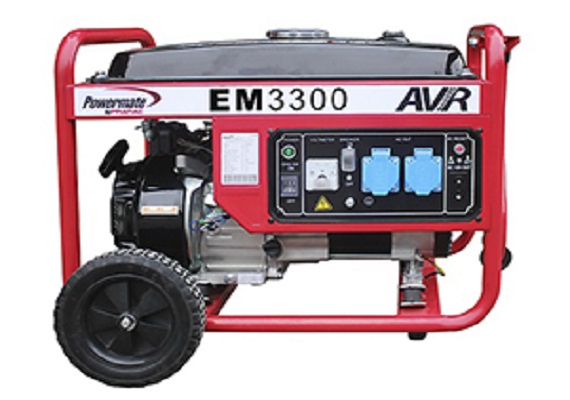CR’s experts help you find the best model for backup power when the lights go out
The typical American household loses power once or twice a year for an average of about 3 hours, according to the U.S. Energy Information Administration. But some power outages, such as those caused by extreme weather, can last for days or even weeks.
When they do, homeowners can face a long list of inconveniences and expenses, including spoiled food, frozen pipes, flooded basements, and moldy walls.A generator is a first line of defense against these problems. But with models ranging from small recreational units that cost a few hundred dollars and can power a single appliance to standby models—also sometimes called a whole-house or home standby generator—that can cost $5,000 and power an entire house, choosing a generator can be daunting.“Buy the smallest generator that will meet your power needs,” advises Dave Trezza, a Consumer Reports test engineer. “That will minimize the amount of fuel you need to keep on hand to run it.” For reference, some of the larger portable generators in our ratings can burn through about 20 gallons of gasoline per day.But how do you figure out which generator is right for your needs? Keep reading.Here, we offer guidance on how to choose the generator that’s right for your situation, details on each category of generator we test, and a CR recommendation and product review in each category.A Word on Wattage
One way to answer the question of which size generator you need is to add up the wattages of everything you want to power during an outage. That will give you a rough approximation. But before you bust out the calculator, keep in mind that some appliances—air conditioners, refrigerators, and sump pumps, for instance—draw a lot more wattage in the moment when they’re cycling on. These surge watts can throw off your calculations if you don’t account for them.We’ve done that for you in the interactive tool below. Just click on a type of generator to get a sense of what you can run with it. The wattages for each type of appliance are general guidelines and may vary from what you have in your home.

